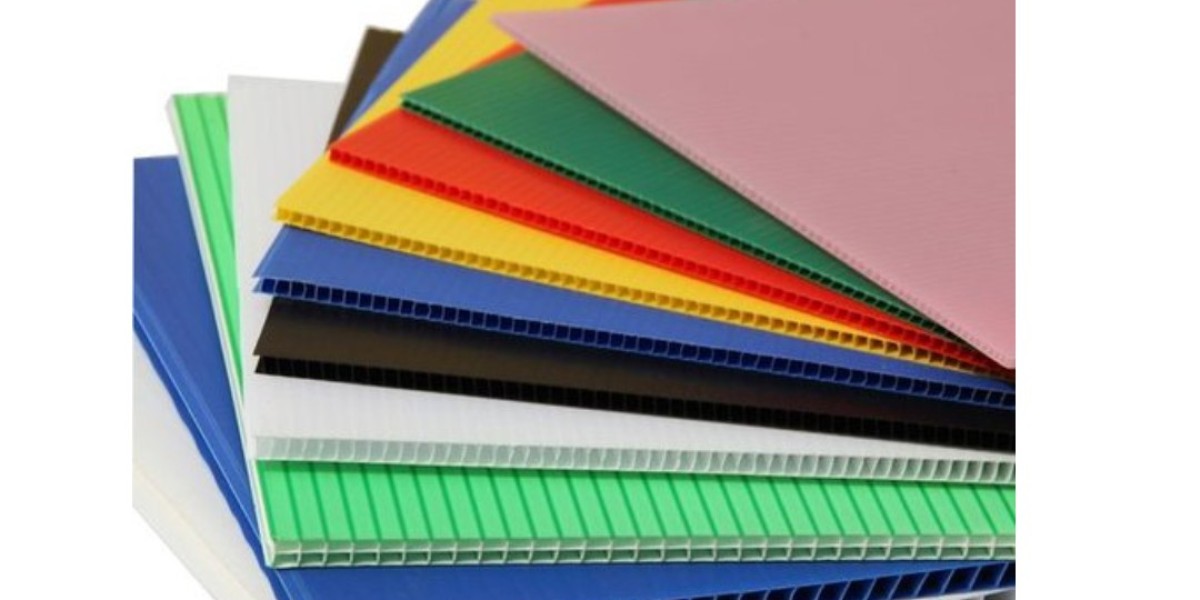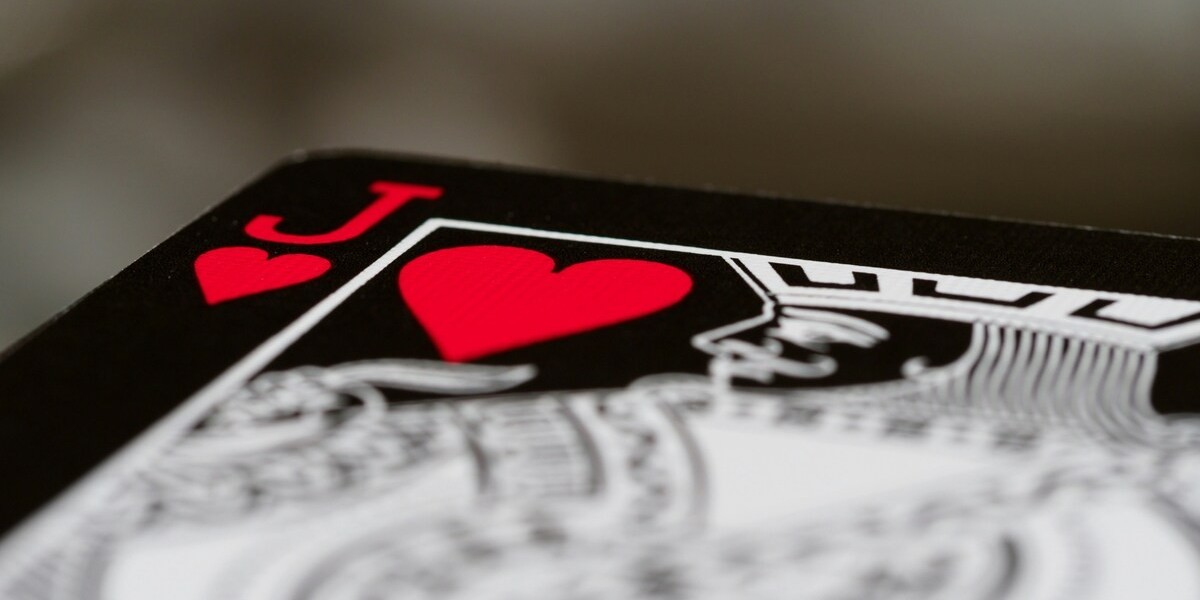Polypropylene (PP) corrugated sheets are becoming increasingly popular in various industries due to their unique properties and diverse applications. These lightweight yet durable sheets, made from twin-wall polypropylene, are noted for their resistance to moisture, chemicals, and UV radiation. As a versatile solution in packaging, construction, and signage, the importance of corrugated plastic sheets continues to expand, transforming how products are manufactured and delivered. This Pulkit Plastic Products explores the characteristics, manufacturing processes, applications, and advantages of PP corrugated sheets, alongside the rising prominence of corrugated plastic sheet manufacturers worldwide.
Characteristics and Composition of PP Corrugated Sheets
PP corrugated sheets are essentially two flat sheets of polypropylene that are welded together, forming a ribbed construction that provides excellent structural strength and impact resistance. This construction is what differentiates these sheets from traditional plastic sheets, giving them a lightweight yet robust quality. The inherent properties of polypropylene also contribute to the material's versatility, making it resistant to moisture and many chemicals. Furthermore, these sheets can be manufactured in a variety of colors and thicknesses, accommodating a wide range of customer needs.
One of the standout characteristics of corrugated plastic sheets is their flexibility. Manufacturers can easily customize the sheets in terms of size, thickness, and color to meet specific requirements. For instance, thicker sheets are preferred for more demanding applications, while thinner options may suffice for packaging and display purposes. In addition, the ribbed design of the sheets adds to their strength without significantly increasing their weight. This unique combination of properties makes them suitable for an array of applications across various sectors.
The Manufacturing Process of PP Corrugated Sheets
The production of Corrugated plastic sheets involves an efficient process that begins with the extrusion of polypropylene resin. This resin is heated to form a thick, viscous material that is then extruded through a specially designed molding die. The die creates the ribbed structure as the material is shaped into continuous flat sheets with channels between them.
Once the basic sheet has been formed, it is cut and cooled to the desired dimensions. The sheets can be produced in various thicknesses, typically ranging from 2 mm to 10 mm, depending on the end-use requirements. Quality control is a crucial aspect of the manufacturing process, as manufacturers must ensure that the sheets meet industry standards for strength, durability, and impact resistance. Manufacturers of corrugated plastic sheets often conduct rigorous testing to verify these qualities, often performing tests related to tensile strength, moisture absorption, and UV stability.
Applications of PP Corrugated Sheets
PP corrugated sheets are incredibly versatile and can be found in numerous applications across different industries. In the packaging sector, they are widely utilized for making boxes, containers, and pallets due to their lightweight and durable nature. Unlike traditional cardboard packaging, corrugated plastic sheets are waterproof and resistant to mold and mildew, making them ideal for transporting food, furniture, and electronic equipment.
Another significant application of these sheets lies in the signage industry. Businesses frequently use corrugated plastic sheets to create eye-catching displays and promotional materials such as yard signs, real estate signs, and directional signage. The sheets can be easily printed upon, allowing for high-quality graphics and vibrant colors that capture consumer attention. Furthermore, the ability to withstand harsh weather conditions makes them a favored option for outdoor signs.
In construction, corrugated plastic sheets serve multiple purposes, from temporary barriers to protective coverings and even insulation. Their lightweight nature makes them easy to transport and install, while their durability ensures they can withstand rough conditions on construction sites. Gardeners and landscapers also utilize these sheets as protective garden borders or as a base for raised garden beds.
Advantages of Using PP Corrugated Sheets
The benefits of using Corrugated plastic sheets extend well beyond their lightweight and durable nature. One significant advantage is their recyclability. As sustainability becomes an increasingly critical concern across all industries, many manufacturers are focusing on producing corrugated plastic sheets that can be recycled at the end of their life cycle. This helps reduce environmental impact and aligns with corporate social responsibility initiatives.
Additionally, corrugated plastic sheets provide significant cost savings. Due to their long lifespan and low maintenance requirements, they offer a cost-effective solution for businesses looking to reduce operating expenses. In the packaging industry, businesses can reuse these sheets for multiple cycles, cutting down on costs associated with single-use packaging materials.
Moreover, the versatility of corrugated sheets extends to their ease of customization. Manufacturers can readily incorporate features such as anti-slip surfaces or added fluting for extra strength, tailored specifically for the user’s preferences. This level of customization ensures that businesses receive a product that meets their specific needs, enhancing functionality.
The Global Market for Corrugated Plastic Sheet Manufacturers
As the demand for pp corrugated sheets continues to rise, so does the number of manufacturers specializing in these products. A significant trend in the global market is the increasing emphasis on technological advancements in the production process, which allows manufacturers to improve efficiency and reduce waste. Automation and innovative machinery have been pivotal in enhancing production capabilities, ensuring that manufacturers can meet increasing market demand while maintaining high-quality standards.
In addition to technological advancements, manufacturers are also focusing on expanding their services beyond production. These include offering design support, custom printing options, and logistics solutions to better serve their customers. Many corrugated plastic sheet manufacturers have adopted sustainability practices by utilizing recycled materials and implementing eco-friendly production methods, thus aligning their business models with global sustainability goals.
Furthermore, geographic expansion is influencing competition among manufacturers, with many companies reaching out to international markets. Supply chains are becoming increasingly interconnected, allowing manufacturers to cater to diverse markets and supply a broader range of industries. This expansion further exemplifies the versatility and beneficial qualities of corrugated plastic sheets, as manufacturers strive to meet varied customer needs on a global scale.
Challenges in the Corrugated Plastic Sheet Industry
While the future for PP corrugated sheets appears bright, challenges remain. One prominent issue is the fluctuating prices of raw materials, particularly polypropylene. As global production and consumption patterns rise, manufacturers must find ways to absorb increased costs while maintaining competitive pricing for consumers. This challenge often forces manufacturers to rethink their sourcing strategies and find cost-effective alternatives to mitigate price fluctuations.
Another challenge arises from growing competition within the market. As more manufacturers enter the industry, staying relevant and distinguishing one’s products from competitors become increasingly crucial. Companies may invest heavily in marketing and innovation to develop unique selling points for their products, creating a cycle of continuous improvement to capture consumer interest. Additionally, there is an ongoing need for education surrounding the benefits and possibilities of corrugated plastic sheets, which can help enhance market demand.
Moreover, navigating regulatory standards and compliance can be particularly complex, especially for manufacturers aiming to retain international market access. Strict environmental regulations necessitate that companies remain compliant with local and global standards to avoid disruptions. As regulations continue to evolve, manufacturers must be agile and proactive in adapting to meet these requirements.
Conclusion
The Corrugated plastic sheet Manufacturers are an innovative and versatile solution that is redefining how various industries approach packaging, signage, and construction applications. Their unique properties, such as lightweight durability, resistance to moisture, and recyclability, make them invaluable assets that can offer both functional and cost-effective solutions. As the market continues to evolve, manufacturers are responding to consumer demands through enhanced production techniques and a commitment to sustainability.
The future of PP corrugated sheets looks promising, with advancements in technology and a growing focus on eco-friendly practices. Navigating the challenges of fluctuating material costs, market competition, and regulatory compliance will be crucial for manufacturers aiming to thrive in this dynamic industry landscape. Ultimately, the ongoing innovations and adaptations in the corrugated plastic sheets market will pave the way for even greater applications in years to come.
Frequently Asked Questions
What are corrugated plastic sheets made from?
Corrugated plastic sheets are primarily made from twin-wall polypropylene, which is a lightweight yet durable plastic that offers moisture resistance and structural strength.
How are corrugated plastic sheets produced?
The production process involves extruding polypropylene resin into a ribbed sheet structure, which is then cut and cooled to the desired specifications, ensuring quality control throughout.
What are the common applications for corrugated plastic sheets?
They are widely used in packaging, signage, construction, and various industries due to their versatility, resistance to moisture and chemicals, and ability to be customized for specific needs.
Are corrugated plastic sheets recyclable?
Yes, many corrugated plastic sheets are recyclable. This attribute supports sustainability efforts and makes them a preferable option for environmentally conscious consumers and businesses.


